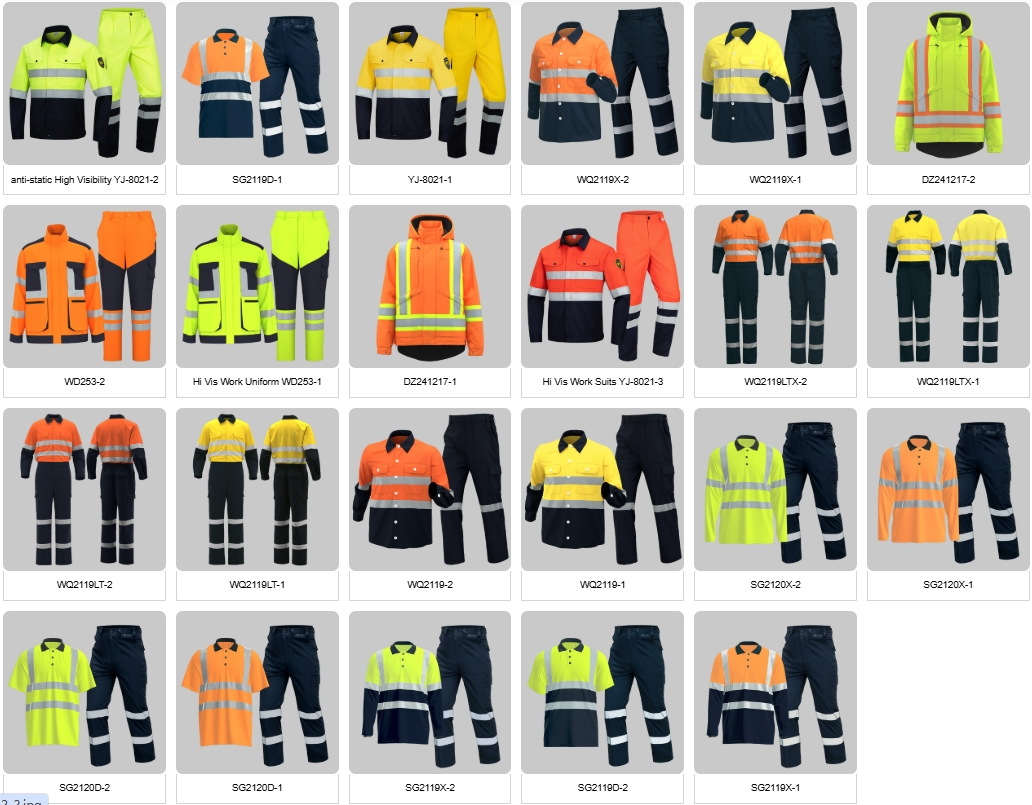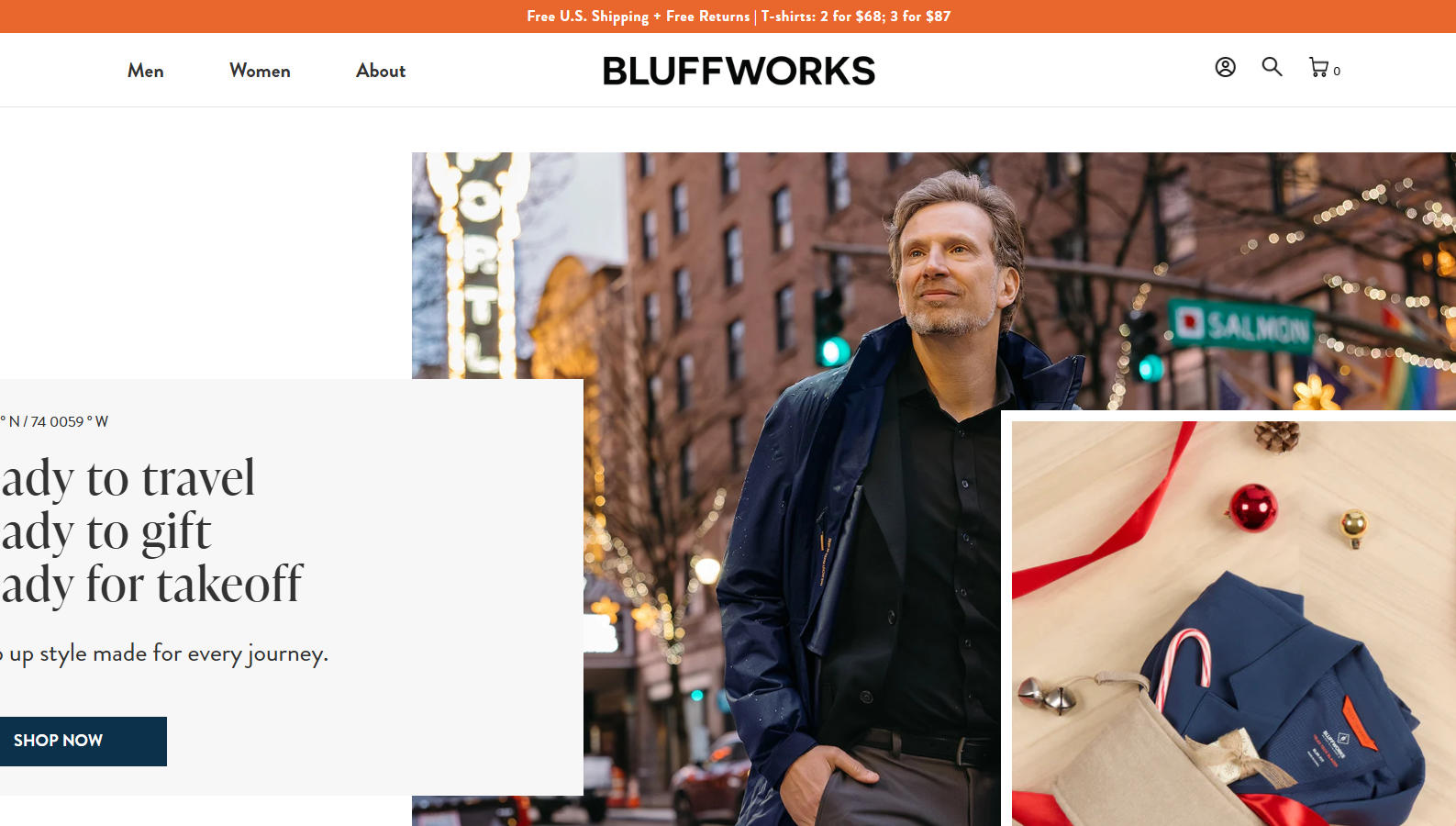The business model of a Ukrainian company importing custom logo work uniforms from China is viable and common, but it is currently operating under extremely challenging conditions due to the war.
Here is a detailed breakdown of the process, with a strong emphasis on the current realities and challenges.
Overview: A High-Stakes Operation
The fundamental drivers for this trade remain:
-
Cost-Effectiveness: Chinese manufacturers offer competitive prices for bulk custom orders.
-
Production Capacity: Access to a wide range of fabrics and factories skilled in customization (embroidery, printing).
-
Variety: Ability to source uniforms for diverse sectors (corporate, industrial, medical, etc.).
However, every step of the process is now more complex, expensive, and risky.
The Step-by-Step Import Process (in a Wartime Context)
Phase 1: Sourcing and Planning (in Ukraine)
-
Client Needs Assessment: The Ukrainian company identifies clients, who may now be heavily focused on government, military, medical, or essential services sectors. The demand for certain types of uniforms (e.g., tactical, medical) has likely shifted.
-
Supplier Sourcing: This is done primarily online via B2B platforms like Alibaba or Made-in-China.com. Due to distance and travel difficulties, vetting suppliers remotely is the norm. Using a sourcing agent in China can be a wise investment to verify factories and manage quality.
Phase 2: Negotiation and Production
-
Sample Production: This step is absolutely critical. The Ukrainian company must insist on a production sample to check quality, fit, and logo application before mass production begins. Shipping samples can be slow and expensive.
-
Contract and Payment:
-
Payment Terms: A common structure is 30% deposit and 70% before shipment. Due to high risks, using secure payment methods like Alibaba Trade Assurance or a Letter of Credit (L/C) is advisable.
-
Currency: Transactions are typically in US Dollars ($) or Euros (€).
-
Phase 3: Logistics and Customs Clearance (The Most Critical and Disrupted Phase)
-
Logistics – The Primary Challenge: This is the most complex part of the process due to the war.
-
Standard Pre-War Route: Sea freight from a Chinese port (e.g., Ningbo) to Odesa or Chornomorsk on the Black Sea.
-
Current Realities:
-
The Black Sea Route is extremely high-risk due to the threat of missile attacks and sea mines. Maritime insurance premiums are prohibitively high, if available at all.
-
Alternative “Solidarity Lanes”: Goods now primarily travel via longer and more expensive land and sea routes:
-
Sea to EU Port, then Land: Ship to a major EU port like Gdansk (Poland), Constanța (Romania), or Koper (Slovenia). Then, transport by truck or rail across the Polish, Romanian, or Slovak border into Ukraine.
-
China-Europe Railway: An option, though it also faces capacity constraints and ultimately requires transshipment through Poland.
-
-
-
Key Consideration: Incoterms are vital. The Ukrainian company will likely want to avoid responsibility for the high-risk Black Sea leg. Terms like FCA (Free Carrier) at a Chinese factory or CIP (Carriage and Insurance Paid To) a safe EU border point are common.
-
-
Customs Clearance in Ukraine:
-
The Ukrainian company must handle import customs, which continues to operate despite the war.
-
Essential Documents: Commercial Invoice, Packing List, Bill of Lading (for sea freight) or CMR Waybill (for truck), and Certificate of Origin.
-
Customs Broker: Highly recommended. A local broker is essential to navigate wartime regulations, potential tariff changes, and expedite the clearance process at a land border or a functioning Ukrainian port.
-
Key Advantages for a Ukrainian Company
-
Essential Need: The demand for uniforms for military, medical, reconstruction, and other essential services remains strong.
-
Resilient Business Spirit: Ukrainian businesses have shown remarkable adaptability in finding new supply routes and continuing operations.
-
International Support: Many logistical and financial partners are making special efforts to support Ukrainian trade.
Challenges and Risk Mitigation (Wartime Context)
-
Extreme Logistical Disruption & Cost:
-
Challenge: Shipping costs have skyrocketed. Transit times are long and unpredictable. Routes can be suddenly cut off.
-
Mitigation: Work with experienced freight forwarders who specialize in shipping to conflict zones or have proven experience with the EU-Ukraine “Solidarity Lanes.” Build massive buffer time into delivery schedules.
-
-
Security and Safety Risks:
-
Challenge: Cargo, warehouses, and transport infrastructure within Ukraine are at risk of destruction.
-
Mitigation: Diversify storage locations within Ukraine if possible. Ensure comprehensive insurance coverage, understanding its limitations and high cost.
-
-
Financial and Payment Risks:
-
Challenge: Economic instability, currency fluctuations, and banking disruptions add complexity.
-
Mitigation: Use secure payment channels. Request payments from clients in stages to manage cash flow. Consider pricing in a stable currency like Euros.
-
-
Communication and Supply Chain Delays:
-
Challenge: Power outages and internet disruptions can hamper communication with the Chinese supplier.
-
Mitigation: Maintain flexible communication (email, WhatsApp, etc.). Have contingency plans for when contacts in Ukraine are offline.
-
Tips for Success
-
Partner with Experts: Your choice of freight forwarder and customs broker is now more important than ever. Choose partners with proven, recent experience in shipping goods into Ukraine.
-
Prioritize Flexibility and Redundancy: Have a Plan B and Plan C for logistics. Order well in advance and expect delays.
-
Focus on Essential Goods: Align your business with the current needs of the Ukrainian economy and society.
-
Conduct Extreme Due Diligence: The high-stakes environment makes verifying Chinese suppliers and all partners in the supply chain a top priority.
Conclusion
A Ukrainian company can and does import custom work uniforms from China, but it is an operation requiring immense resilience, adaptability, and specialized knowledge. While the core process of sourcing and production remains, the logistics and risk management aspects have been fundamentally transformed by the war. Success depends entirely on navigating the new, dangerous, and expensive reality of the supply chain into Ukraine.
For some insightful reads, we’ve curated a list of recommended articles just for you:
- How do I find a product manufacturer in China?
- How to find cheap manufacturers in China? A guide to avoid pitfalls
- How to complete your first purchase of workwear in China safely and efficiently
- Custom uniforms for Small business
- Choosing the Best Industrial Work Suit
- Ultimate Guide: Best Wholesale Work Clothes in China
- Cut & Sew Customization
- Logo Customize Clonthing Manufacturer
- Labour Uniform manufacturer
- Labor clothing uniform for sale
- Working clothes china wholesale
Can’t find what you’re looking for? Feel free to contact us. We’re here to help 24/7.
Useful links:





